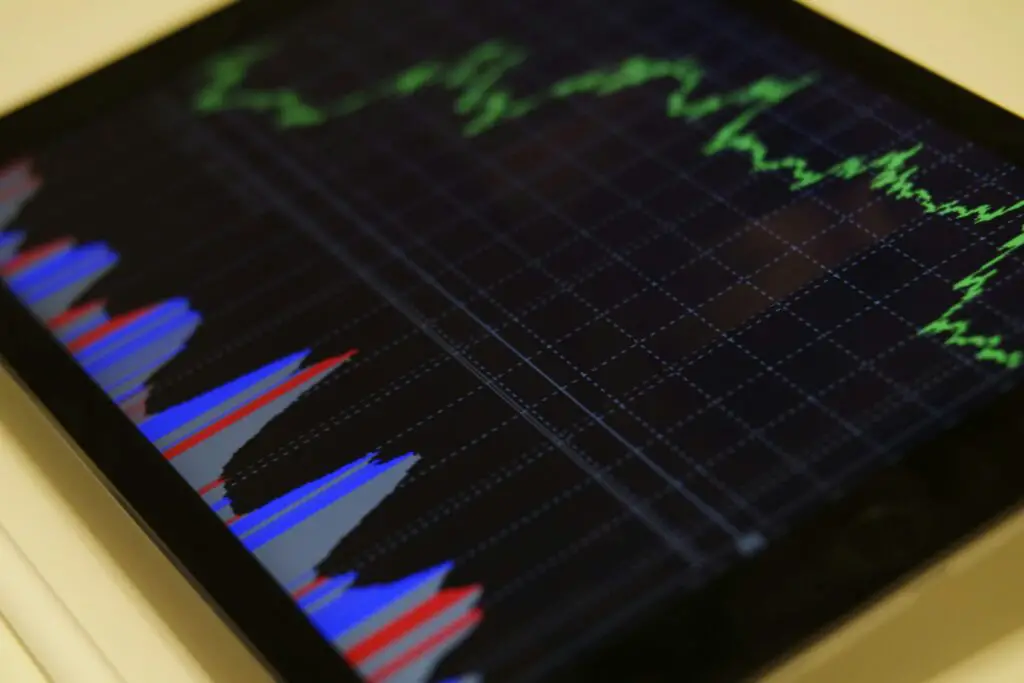The market is complicated and constantly changing, and when you buy and sell currencies, it is called Forex dealing. Traders often use various tools and techniques to guess how prices will move in the future. As a standard way, you can use chart patterns and pictures of how prices move on a chart. Channel patterns are one of the most important of these. This piece will discuss Forex channel patterns, how they work, and how traders can use them to make better trades. We will use simple words so that everyone can easily understand these ideas.

What Are Channel Patterns in Forex?
A chart pattern called a forex channel pattern can show you how a currency pair is going. To make them, you can draw two straight lines around the price change on a chart. These lines create a “channel” through which the price moves. The line at the top is called the resistance line, and the line at the bottom is called the support line.
Resistance Line: This is where the top of the canal ends. It is like a wall that the price has difficulty getting through.
Support Line: This is where the line ends at the bottom. It acts as a floor below which the price could be better.
Channels can go up, down, or flat, showing different market situations.
Different Kinds of Channel Patterns
When you trade Forex, there are three main types of channel patterns:
Ascending Channel: This channel goes up, which means the price increases. Over time, the price increases, with higher and lower lows.
Ascending Channel: This channel goes down, showing a downward trend. Over time, the price is going down, with lower highs and lower lows.

Horizontal Channel: This channel type stays flat, meaning the market moves sideways or varies. The price remains flat and does not move in a specific direction.
Going Up Channel
When a channel goes up, the support line connects the higher lows, and the resistance line connects the higher highs. This trend shows that buyers are in charge of increasing the price. Traders look for chances to purchase near the support line and try to sell near the resistance line.
Going Down Channel
The lower highs are connected to the resistance line, and the lower lows are connected to the support line. This trend shows that sellers are in charge, which decreases the price. Traders try to find chances to sell near the barrier line and aim to buy near the support line.
Channel on the side
You can see that the support and resistance lines are both flat in a horizontal channel. This pattern shows that the market is balanced, meaning neither buyers nor traders are in charge. Because the price doesn’t move much, traders try to buy at the support line and sell at the barrier line.
Finding Patterns in Channels
Spotting channel patterns on a chart takes skill and a sharp eye. To find and draw these shapes, follow these steps:
Look for a pattern: Find out whether the price is going up, down, or staying the same.
Draw the Support Line: Find at least two low points and make a line between them. This is the line that will help you.

Draw the Resistance Line: Pick at least two high points and make a line between them. This line will be your helpline.
Change the lines: Make sure the lines are straight and that most of the price movement in the channel is between them.
Using Channel Patterns to Trade
You can use a channel pattern to help you decide what to trade after you have found it. Take a look at these strategies:
Buying and selling in the channel
To use this technique, you should buy near the support line and sell near the resistance line. The plan is to make money from the price, moving back and forth between the two lines. How to do it:
When the price gets close to the support line, you should buy. The support line often serves as a floor, stopping the price from going down further.
Sell Near Resistance: It’s time to sell when the price gets close to the resistance line. As a limit, the resistance line stops the price from increasing further.
Orders to Stop Loss: Top loss orders should be placed outside the channel lines to protect yourself from sudden price changes.
Breakouts in Trading
When the price goes above or below a support or resistance line, this is called a breakout. This trend might be changing. Lchangeabout how to trade breakouts:
Find the Breakout: If the price increases, watch for it to close above the resistance line. Watch for it to close below the support line if it goes down.
Ensure the breakout: To ensure the breakout, look for higher numbers or other signs.
Start the Business: If the price breaks above the barrier line, you should buy. If it breaks below the support line, you should sell.
Set Stops and Goals: You should put your stop-loss orders inside the channel and set your profit goals based on how big the channel is.
I am putting together Other Indicators. These indicators can help confirm messages and give you more information about how the market is doing.
Why using channel patterns is a good idea.
When selling Forex using channel patterns has several benefits, including:
Clarity: Channel patterns make it easier to see where trading opportunities might be by giving a clear picture of the market direction.
Flexibility: Channel patterns can be used when the market runs in a rising or a ranging pattern.

Problems and limits
Channel designs have some pros, but they also have some cons and restrictions:
Sometimes, the price may seem like it breaks out of the channel, but it will quickly return oppositely. False signs and possible losses can happen because of this.
Being subjective: There is room for interpretation when drawing channel lines, as different traders may do so in slightly different ways depending on how they see the price movement.
Conditions of the Market: When markets are volatile or change quickly, channel patterns may not work, making it hard to guess how prices will move in the future.
How to Use Channel Patterns in Your Trading
Here are some valuable tips for getting the most out of channel patterns when dealing with Forex:
Use demo accounts to practice. Before you trade with real money, use a demo account to practice finding and trading channel patterns. This will help you feel better about yourself and improve what you do.
Keep up with Know what is happening in the market and how it might affect the foreign pairs you trade. Market trends can be changed by news about the economy, politics, and other things.
Be patient. Avoid making a trade until you see clear signs. Losses can happen when you rush into trades with more information.
Use the Right Ways to Handle Risk: Always use stop-loss orders and never put too much of your trading cash at risk in a single trade.
Review and Learn: Look over your deals often to see what went well and what did not. It would help if you learned from your mistakes and achievements to keep improving.

Examples from real-life
Let us look at some real-life Forex trades that show how channel patterns can be used:
Example 1: Channel Going Up
Suppose you are trading the EUR/USD pair and see a rising channel. Inside the range, the price has been making higher and lower highs.
When the price hits the support line, you buy EUR/USD near it because you think it will go back up.
You want to sell near the resistance line since prices tend to run into trouble and might turn around.
You put a stop-loss order just below the support line to protect yourself from a possible breakdown.
Example 2: A channel that goes down
Now, you are trading the GBP/USD pair and see a channel going down. Inside the channel, the price is hitting lower highs and lower lows.
Point of Entry: You sell GBP/USD near the support line because you think the price will decrease again.
Exit Point: You want to buy back near the support line so that the price can find support and go back up.
Put a stop-loss order above the resistance line to protect yourself from a possible rise-up.
Third example: a horizontal channel
Last, let’s say you have to deal with the USD/JPY pair, which moves in a horizontal channel. The price has been going back and forth between a precise level of support and resistance.
When the price hits the support line, you buy USD/JPY because you think it will increase again.
Exit Point: You want to sell near the resistance line so the price can run into it and fall back.
You put a stop-loss order below the support line to protect yourself from a possible breakdown.
In conclusion
Traders who want to profit from market trends and price changes can use forex channel patterns effectively. Channel patterns have a lot of benefits, but you need to know what they cannot achieve and use them with other technical signs to get the best results.
